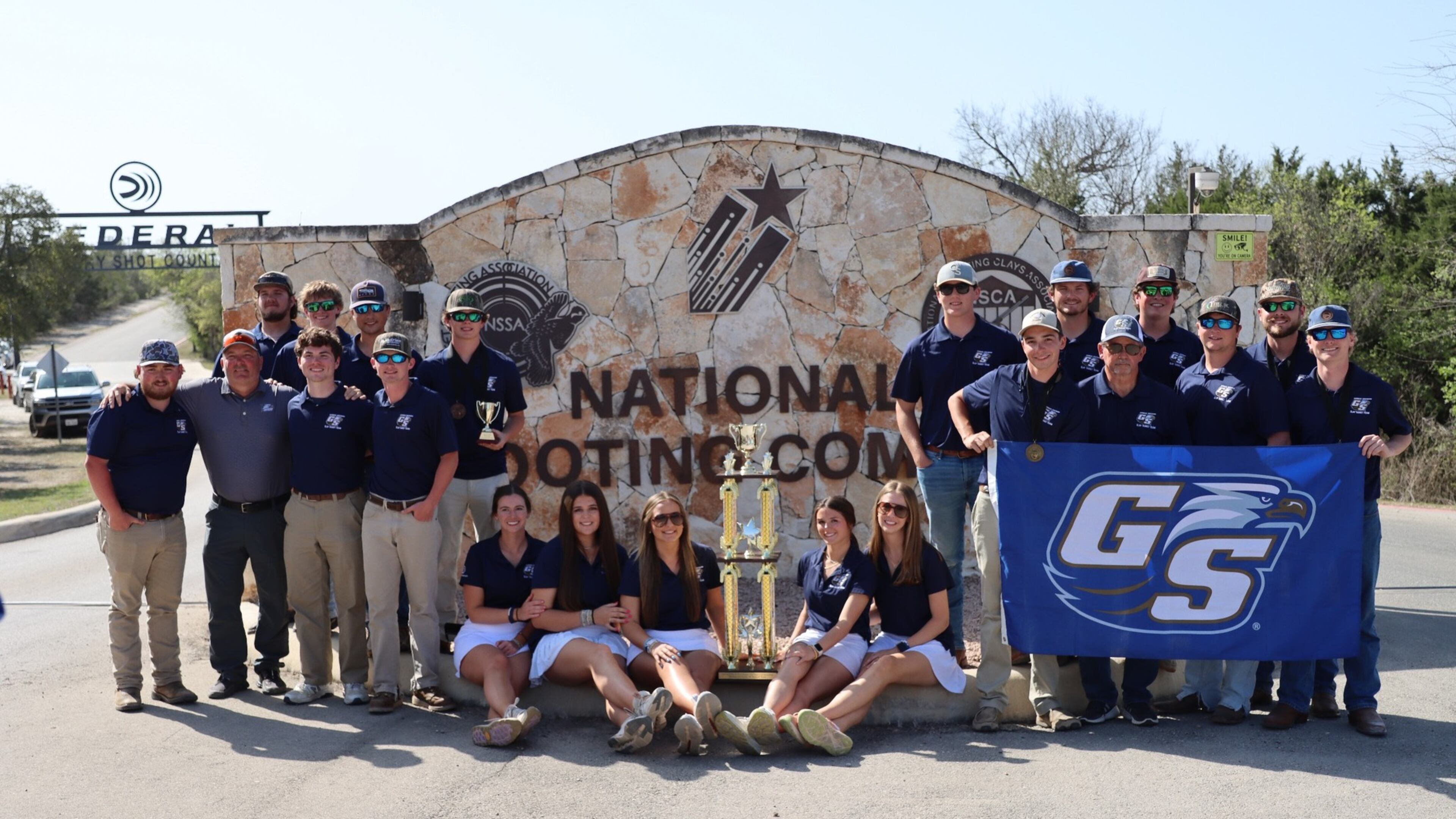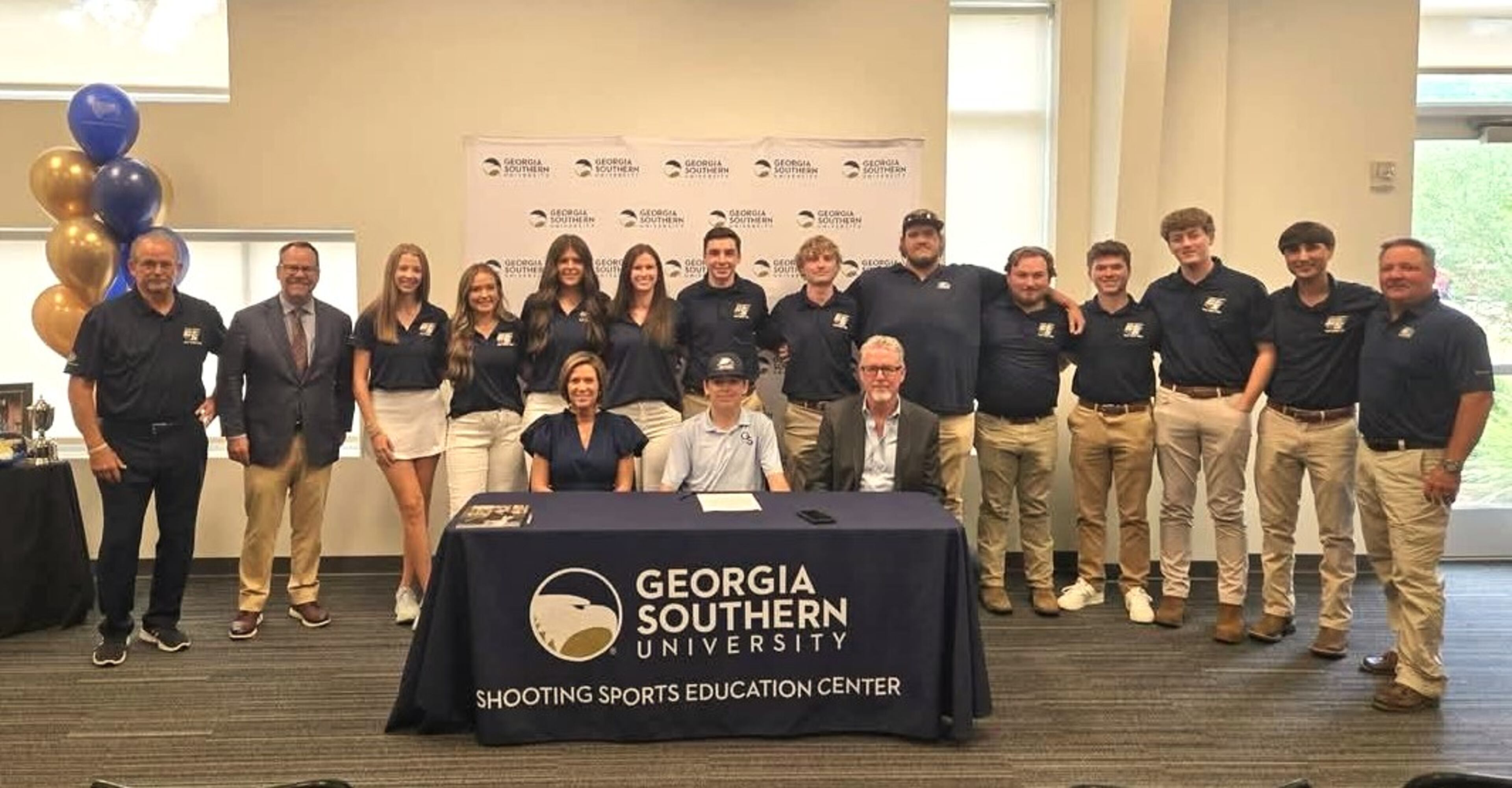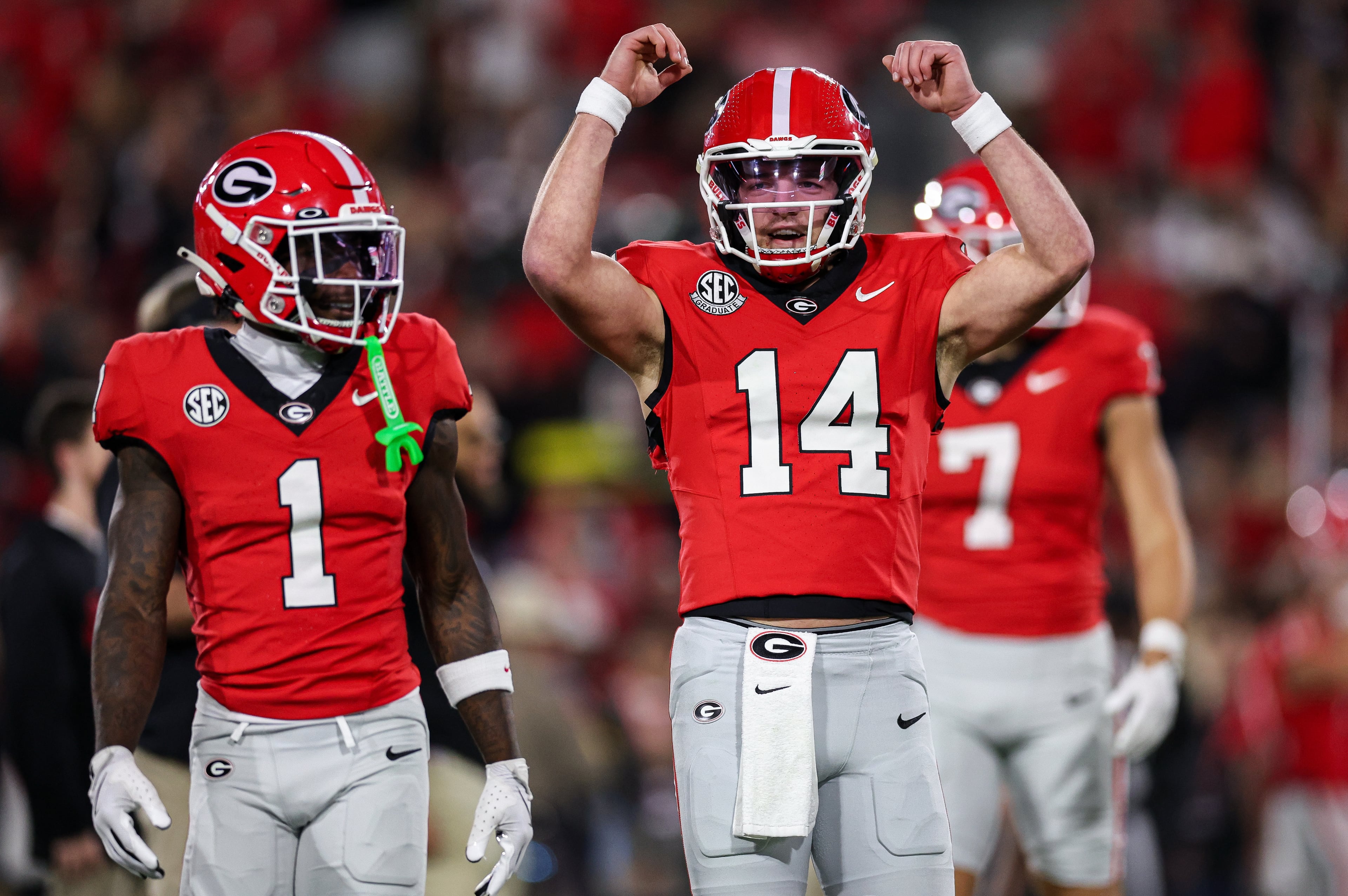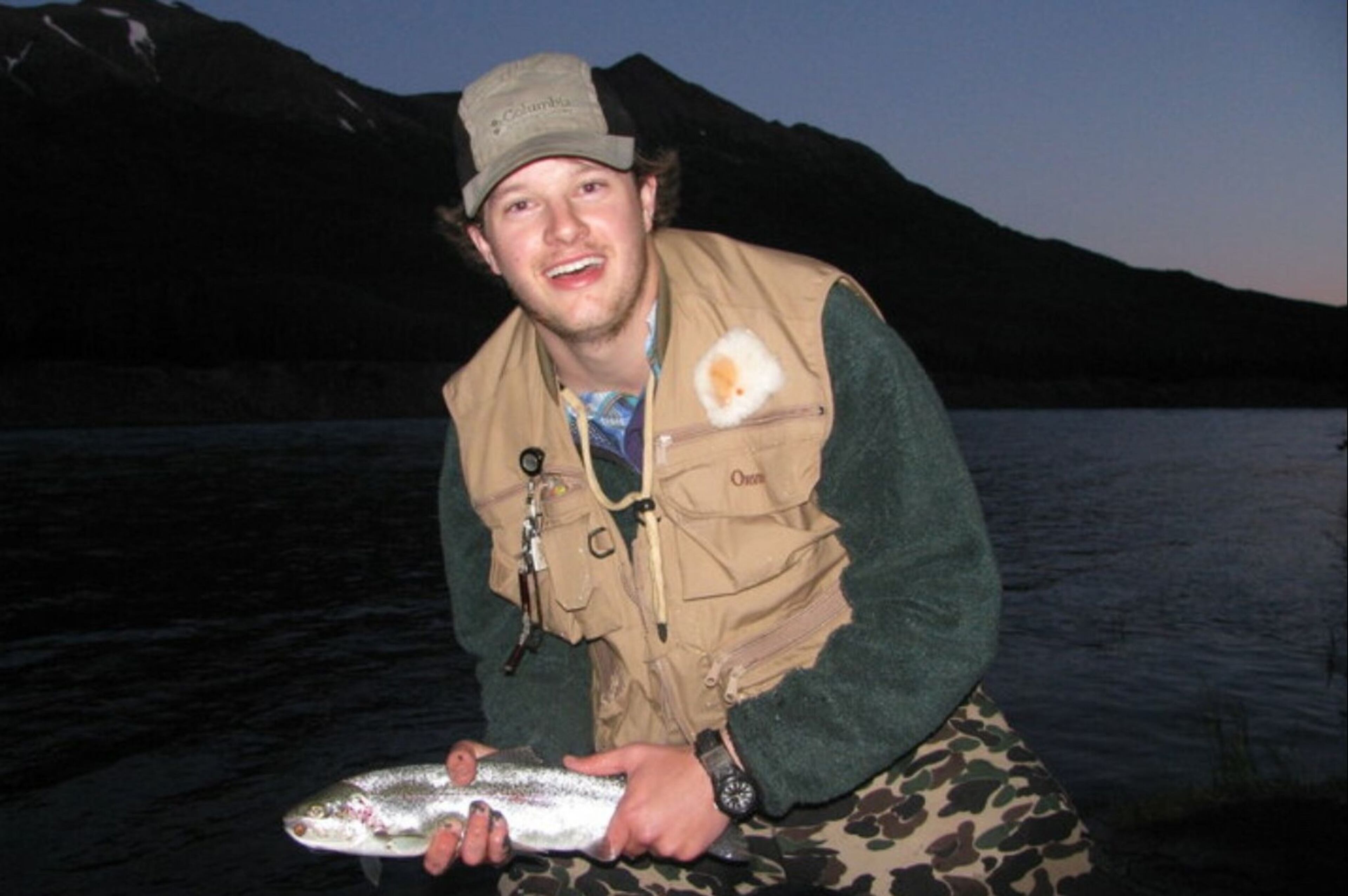Georgia Southern climbs clay shooting ranks with Daniel Defense family help

A new sports dynasty is on the rise at Georgia Southern University: clay target shooting.
The Statesboro school has won four club-level championships in the past five years, including the past two Division II titles. It plans to compete at the Division I club level this fall — echoing the football team, which won six national titles at a lower classification between 1985 and 2000 and later moved to the sport’s highest competition level.
This spring, Georgia Southern signed the top junior sporting clays shooter in the United States, Connor Daniel. He is the son of Marty Daniel, founder of Black Creek-based gunmaker Daniel Defense, and Cindy Daniel, founder of the Double D Foundation, which has helped bankroll the expensive sport at the grassroots level in the U.S.
The university’s ascent coincides with rising interest in high schools. The USA Clay Target League had 39,069 student athletes participating this past spring, the 30th consecutive season of growth.
Georgia Southern’s team competes at the club level, meaning there are no athletic scholarships and no funding from the school. The shotguns, such as German-made Krieghoff K-80s, retail for $14,000 or more. Shooting glasses cost $500 or more.
Every time the team practices, ammunition, targets and renting a facility add up to $1,000, coach Marty Fischer said. He estimates the upcoming season, which runs from October through April, will cost $90,000.
“That company (Daniel Defense) has given so much. I would say the Double D Foundation has given us $20,000 each year,” said Fischer, who started Georgia Southern’s team in 2020 and doesn’t accept a salary.
Clay target shooting consists of three disciplines: trap, skeet and sporting clays. In trap, designed to simulate upland bird hunting, targets are launched from a single trap house at varying angles and speeds. In skeet, targets are launched from two trap houses, one high and one low, in crossing patterns. Sporting clays, sometimes referred to as “golf with a shotgun,” are on a course with multiple stations in natural terrain. Each station presents a unique challenge, with targets flying in different directions, heights and speeds.
Georgia Southern’s team, which includes 18 male and female shooters, won the Division II Classic All-Around title at the Association of College Unions International competition in April in San Antonio.

Connor Daniel grew up quail hunting, but it wasn’t until the COVID-19 pandemic hit in 2020, when he was in seventh grade, that he started clay target shooting at the Forest City Gun Club in Savannah. He had tried other sports, particularly basketball, but when indoor sports were scrapped during COVID, he focused on clay target shooting.
In his first year, Daniel shot more than 50,000 rounds of ammunition while training three to four times a week with a private coach, Zach Kleinbaum, a three-time national sporting clays champion. Daniel is the only junior to make the 2025 National Sporting Clay Association’s All-American Open (all ages) first team for English sporting clays. He’s the No. 2-ranked sporting clays junior in the world, according to the Federation Internationale de Tir aux Armes Sportives de Chasse.
The Double D Foundation, with its stated mission to “Advance Freedom Through Shooting Sports,” has been a major benefactor to the Georgia Southern clay target team. More broadly, the nonprofit says it has raised nearly $4 million since 2021 and provided more than $3.5 million in grants for ammunition, clay targets and safety gear to hundreds of teams and organizations.
The foundation’s 990-PF tax filing for 2023 says it sponsored events to promote firearm safety and awareness, and made $849,765 in charitable distributions, $586,625 of which was in ammunition.
Before the foundation was formed, Daniel Defense donated rifles and accessories in 2015 for the then-new Shooting Sports Education Center on Georgia Southern’s campus in Statesboro. Clay target trophies and banners are displayed there, but the team does not practice at the indoor facility, which is not set up for clay target shooting.
The university’s broader shooting program also has made strides in recent years. The women’s rifle team competed at its first NCAA Rifle Championships in March, finishing fifth.
Daniel Defense’s Bryan County headquarters are roughly 30 miles from the university. Marty Daniel, the company’s chairman, is a Georgia Southern graduate. The company has made a national name for itself making high-end, AR-15 style rifles and accessories.
“I think there are definitely people out there who will look at me differently because of my last name and especially people who don’t like Daniel Defense and its products,” Connor Daniel said. “With that, there are also a lot of people in the shooting world that we know who have my back.”
Marty Daniel has been a staunch defender of gun rights, and U.S. Rep. Mike Collins, R-Jackson, invited him as a guest to President Donald Trump’s address to a joint session of Congress in March. The company has been criticized by gun safety advocates after its rifles were linked to deadly mass shootings in 2017 at an outdoor music festival in Las Vegas and in 2022 at Robb Elementary School in Uvalde, Texas.
Connor Daniel, who said he plans to major in manufacturing engineering with a minor in business, said the sport has helped his concentration off the range.
“You have to have lots of focus in clay shooting,” he said. “When I’m shooting, everything around me goes quiet and my nose is to the grindstone. It’s kind of a thrill.”
Georgia Southern’s clay target team had 10 Academic All-Americans this past year, and the entire squad is on HOPE scholarships, awarded to college students in Georgia who can maintain a 3.0 or better grade-point average.
Despite its cost, the sport is more inclusive than some. Shooters vary by body type, and clay target shooting is Title IX compliant with male and female athletes competing on the same team. It’s also an ‘adaptive’ sport, which allows students with physical disabilities to participate.
Fischer has high hopes for the team, even though, like the university, it’s smaller than many well-known NCAA sports giants.
“We’re going to show up with 20 shooters or less, and we’ll be competing head to head with teams that have twice that many shooters,” said Fischer, a well-known outdoors writer and television host, as well as a gun club design consultant.
He added, “I think the team is looking forward to that challenge to show that we do belong there. I don’t think there’s any doubt that we do.”
Editor’s note: This article has been updated. The football team won I-AA titles, not Division II titles.

